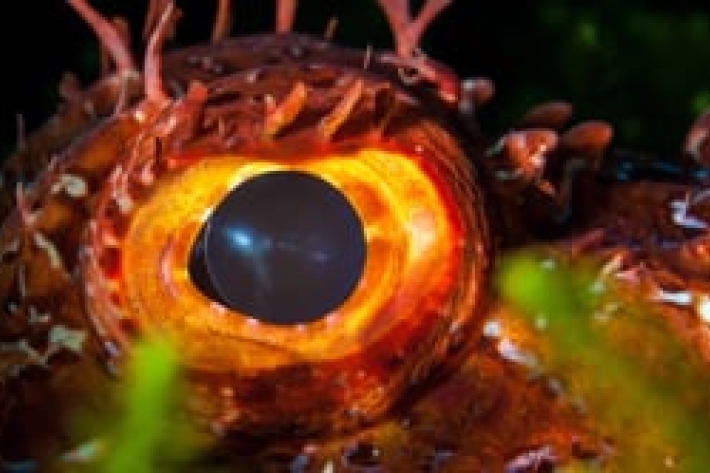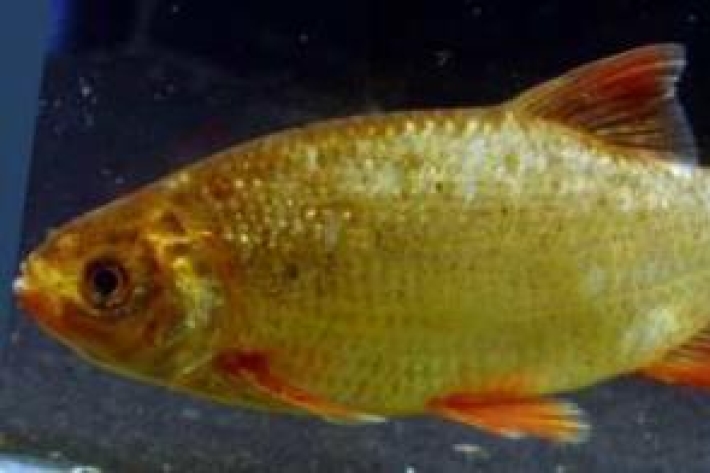-
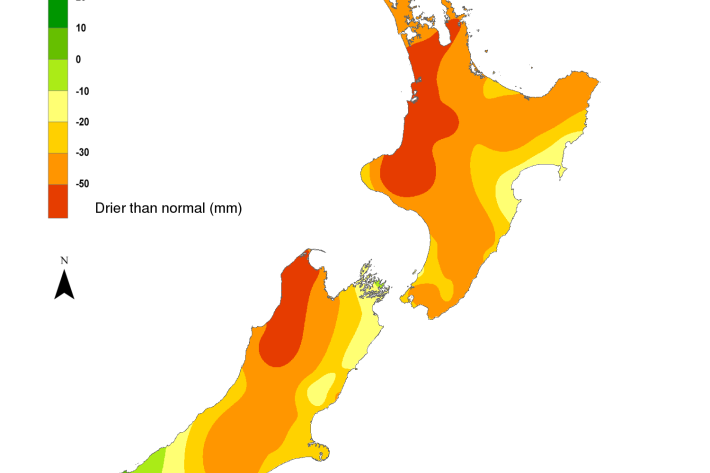
Hotspot Watch 30 January 2020
Hotspot30 January 2020A weekly update describing soil moisture patterns across the country to show where dry to extremely dry conditions are occurring or imminent. Regions experiencing significant soil moisture deficits are deemed “hotspots”. Persistent hotspot regions have the potential to develop into drought. -

Hotspot Watch 22 January 2020
Hotspot22 January 2020A weekly update describing soil moisture patterns across the country to show where dry to extremely dry conditions are occurring or imminent. Regions experiencing significant soil moisture deficits are deemed “hotspots”. Persistent hotspot regions have the potential to develop into drought. -
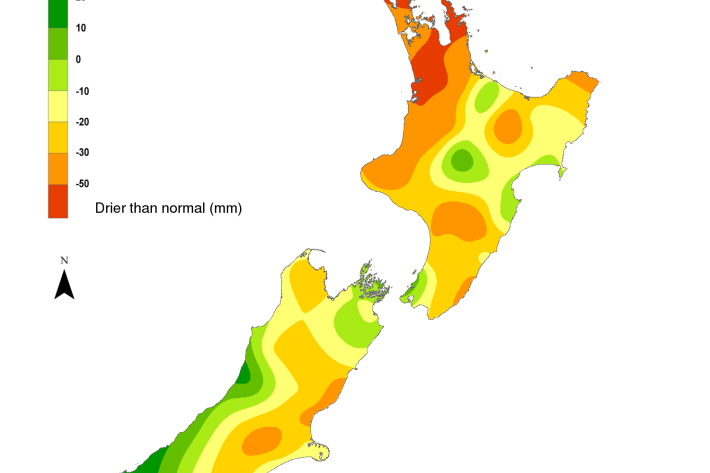
Hotspot Watch 15 January 2020
Hotspot15 January 2020A weekly update describing soil moisture patterns across the country to show where dry to extremely dry conditions are occurring or imminent. Regions experiencing significant soil moisture deficits are deemed “hotspots”. Persistent hotspot regions have the potential to develop into drought. -

Under the Antarctic ice
Feature story13 January 2020The rich diversity of marine life near Scott Base in Antarctica has stunned scientists diving under the ice to set up environmental monitoring sites. -
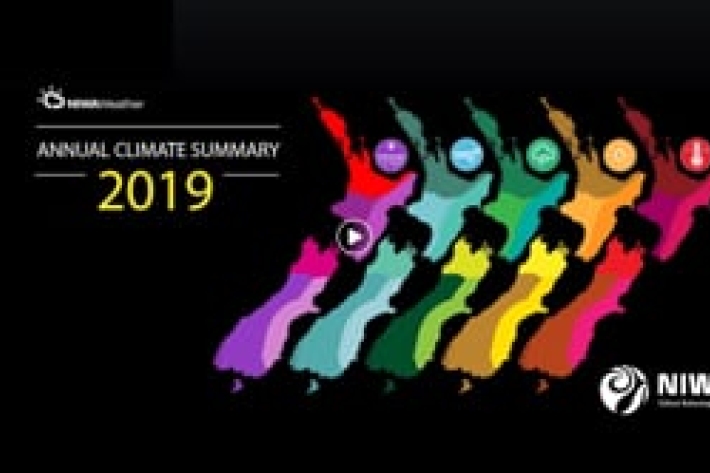
New Zealand 2019 climate summary
NIWA climate scientist Nava Fedaeff presents the NIWA annual climate summary for New Zealand 2019. -
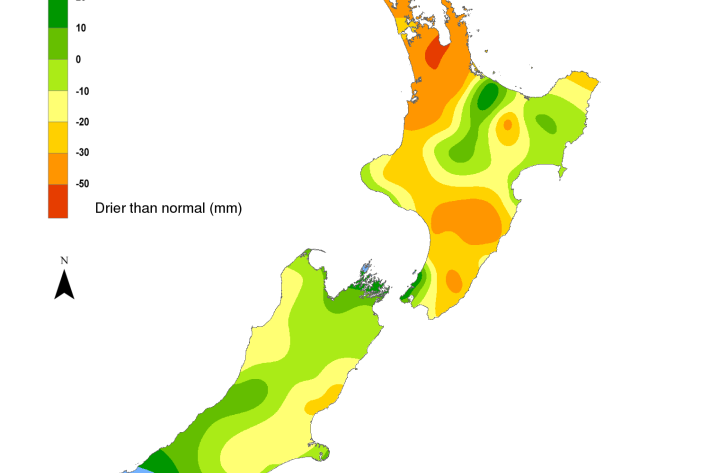
Hotspot Watch 8 January 2020
Hotspot09 January 2020A weekly update describing soil moisture patterns across the country to show where dry to extremely dry conditions are occurring or imminent. Regions experiencing significant soil moisture deficits are deemed “hotspots”. Persistent hotspot regions have the potential to develop into drought. -
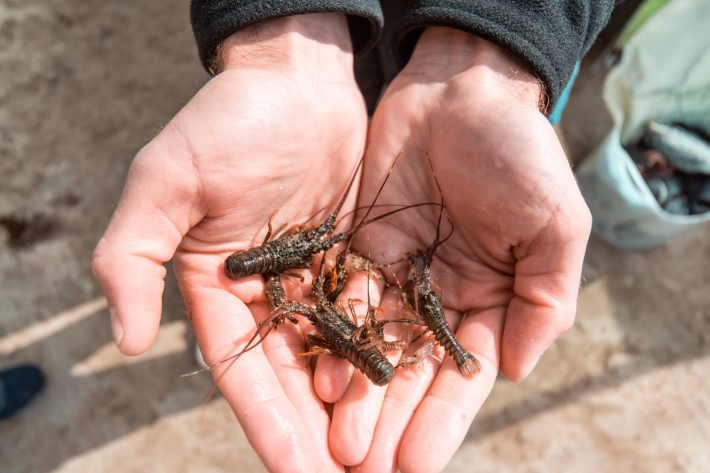
Epic spiny red rock lobster
Feature story06 January 2020Sam Fraser-Baxter heads to the Wairarapa for one of New Zealand’s longest-running marine surveys – counting baby lobster. -
Weathering new technology in Tonga
Feature story03 January 2020There are about 800km between the southern and northern tips of Tonga - and a lot of ocean. -
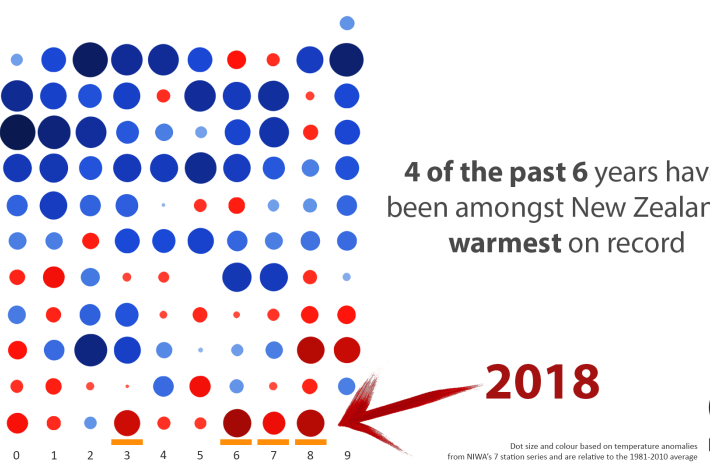
Ten years of the weather with you
Feature story30 December 2019In the past 10 years, more weather records have been broken than in any other time in New Zealand’s history. -
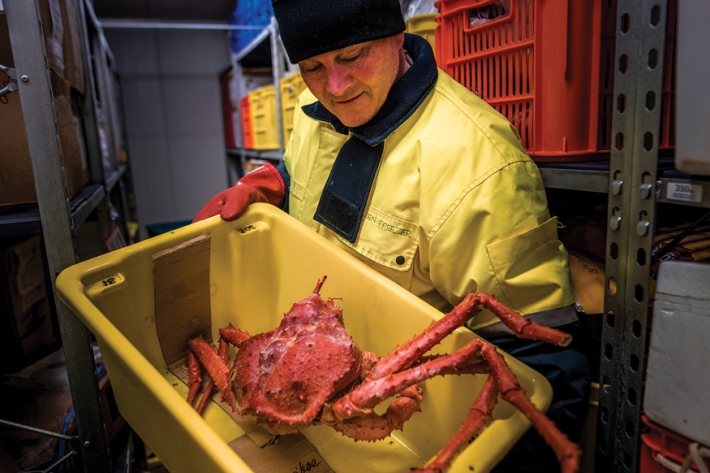
The frozen menagerie
Feature story23 December 2019Just past the locks, alarms and big heavy doors is a rather macabre sight.

